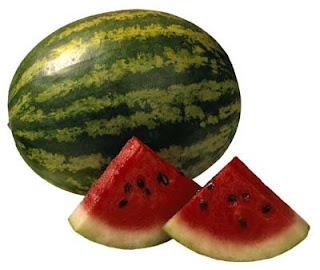 |
| Moringa Leaf |
Moringa Plant is very abundant in the Philippines
The article below describe Moringa as a very useful plant that has full of medicinal value and benefits.
Moringa Oleifera’s health benefits have been well understood and cherished for many centuries. The history of the moringa tree goes back centuries; there are historical references to Moringa oil being placed in the tombs of ancient Egyptians. Its usefulness is legendary.
In fact, the Moringa tree’s benefits are so significant that it has been called the Tree of Life in many cultures.
For centuries, the peoples of India and Africa have benefited from using the moringa plant. After hundreds of years of use on the other side of the planet, today the astounding health benefits of Moringa are pushing its introduction to the Western hemisphere.
Because the moringa tree is rich with nutrients, and because the tree’s various parts can all be used in some way, moringa’s many benefits are different depending on the part of the plant being used. Truth be told, the Moringa Tree’s health benefits alone are as varied as the different parts of the tree itself.
The young, immature Moringa Oleifera pods are the most valued and widely used of all the tree parts. The pods are extremely nutritious, containing every essential amino acid needed for a complete protein source, along with many vitamins, minerals, co-enzymes and antioxidants.
An interesting additional benefit of moringa seeds is found in the seed cake left over from the moringa oil extraction process. The seed cake can be used as a coagulant to clarify dirty and turbid water. The seed cake is used as an effective means of removing sediment and bacteria from water, helping to purify and treat water naturally where industrial water treatment is not available.
Moringa leaves are perhaps equally valuable to the seeds, and provide powerful benefits to anyone who is conscious of their nutrient intake. The leaves of the moringa tree are among the most protein-dense leaves of any plant species, and contain every essential amino acid required for a whole source of protein. Moringa leaves contain levels of Vitamin A comparable to carrots, calcium comparable to milk, and vitamin C comparable to oranges, as well as high amounts of other vitamins and minerals.
Importantly, these nutrients are not synthesized in a facility and packed into a pill, where the nutrients are largely unavailable for the body to absorb and use. The leaves are easily digested when put into capsules and provide high levels of available nutrients to your body.
Moringa leaf can also be used for tea, either alone or in combination with other teas. Even a small glass of moringa tea benefits the drinker with a host of nutrients. The benefits of the moringa tree to mankind make it a wonderfully useful plant species for a variety of vital purposes. It is no surprise that it is known as the Tree of Life in the cultures of its native habitat.
How can Moringa oleifera benefit you? The possibilities are endless. Here are just a few of the many real benefits people discover when taking Moringa oleifera:
Increased physical energy - Tune your body up with naturally occurring nutrients to make your energy last longer
Mental and emotional balance - Moringa oleifera's amazingly powerful nutrient compounds help restore stability to the chemicals that govern our thoughts and emotions. You have to experience it to appreciate it!
Faster recovery - Moringa oleifera's complete amino profile, along with dozens of vitamins and minerals, makes it a perfect recovery food after grueling workouts and physical strain.
Nutrient-dense mother's milk - Increased iron, potassium, Vitamins A, B, C, E, and dozens of other important nutrients are all readily absorbed from Moringa oleifera and transferred from mother's milk to the growing newborn. No wonder Moringa is called 'Mother's Best Friend' in cultures across Africa !
Health blood - antioxidants and unique regulating compounds help control blood sugar and keep the blood free of unhealthy substances.
Just a few of the other many benefits of moringa oleifera include increased flexibility, improved sensory perception, better sleep cycles, and improved memory.
Start using moringa now.
Source http://www.moringasource.com/moringa-benefits.php



